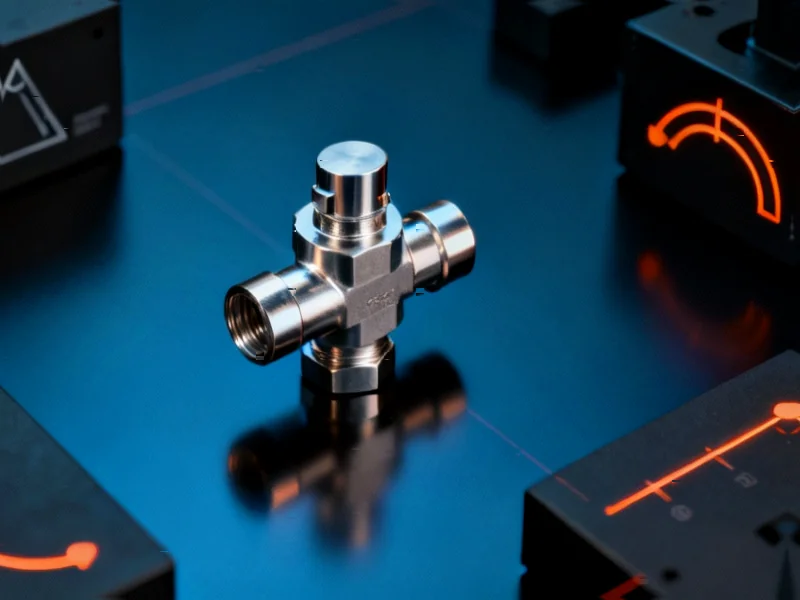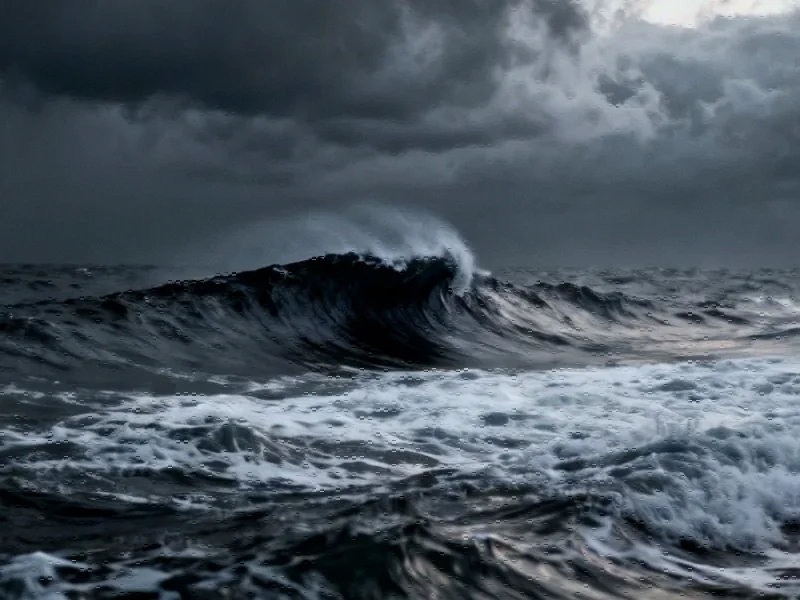Mechanical Valve Technology Proves Reliable in Long-Term Well Abandonment Operations
A mechanical barrier technology has successfully operated after nearly six years in a North Sea well abandonment campaign, according to industry reports. The Pressure Wave Valve reportedly eliminated the need for wireline intervention, delivering significant time and cost savings. This development highlights the growing importance of reliable barrier technologies in long-term plug and abandonment strategies.
Breakthrough in Well Abandonment Technology
In the increasingly complex landscape of plug and abandonment (P&A) operations, industry sources indicate that operators are facing mounting pressure to deploy barrier technologies that ensure long-term reliability while reducing intervention risks. According to recent reports, mechanical solutions are emerging as particularly valuable for pre-P&A scenarios where barriers may remain installed for several years before final abandonment procedures.

